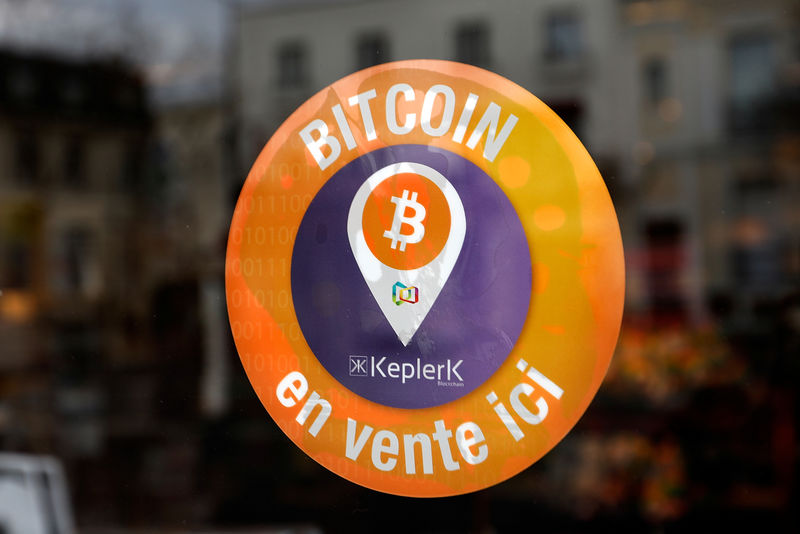U.Today - Bitcoin, the world’s leading cryptocurrency, has stalled in price performance, falling short of the broader ecosystem’s expectations following the halving event. Although the Bitcoin halving was not a guarantee of a price surge, the digital asset is yet to soar and break certain critical price levels or hit the $73,000 peak it attained before the halving in March 2024.
Saylor's cryptic post and continued advocacy
Despite this seeming poor performance, Bitcoin advocate and MicroStrategy cofounder Michael Saylor, in a cryptic post on X, is urging investors to have faith in the asset and to buy BTC. Per the post, it contains an appetizing blue apple with a Bitcoin sign on it.Saylor’s words to go with the image is an invitation: “Take a bite.” The simple three-word sentence embodies all that the MicroStrategy cofounder stands for, per Bitcoin. Notably, under the leadership of Saylor, MicroStrategy remains bullish on the acquisition of the asset regardless of market price.
Recently, the business intelligence firm made a Bitcoin purchase of a staggering 11,931 Bitcoin worth $786 million at an average price of $65,883 per coin. This has helped trigger a shift in the price in recent times.
Per CoinMarketCap data, Bitcoin is currently trading at $61,402.17, up by 0.47% in 24 hours.
Ordinarily, while some investors may consider this a loss, Saylor is not deterred in his bullish acquisition strategy. Interestingly, the average Bitcoin purchase price for MicroStrategy stands at $36,798, a huge profit margin for the firm.
Strategic Bitcoin acquisitions by MicroStrategy
Saylor, a staunch advocate of Bitcoin at every opportunity, maintains that despite uncertainty in the price of BTC, investors should continue to buy Bitcoin. In his words, Saylor stated, “Buy Bitcoin before you need it.”The MicroStrategy boss insists that investors should adopt his principle on the digital asset, “Bitcoin: never sell.”
Per the U.Today report, after the recent buy, MicroStrategy’s stash now stands at 226,331 Bitcoin acquired for $8.33 billion. Some of the purchases were financed through proceeds from convertible senior notes and excess cash.
